In case you are advised to seek a storm shelter keep this list and pack these essentials.
DISASTER SUPPLY KIT
Everyone in the state is advised to bring a disaster supply kit that includes 5 to 7 days worth of supplies. The Hurricane Evacuation Shelters are only intended to be a safe place to stay and will not have food or personal items on hand for volunteers or residents.
PERSONAL ITEMS
Driver’s License
Keep in a Waterproof Bag
Cash (ATMs may not work after the storm)
Checkbook
Credit Card
Copies of important documents
Social Security Card
Passport
Proof of Residence (deed or lease)
Insurance Information (Medical, Auto, Home, Life)
Birth Certificate
Marriage Certificate
Bank Account Numbers
Pin Numbers/Computer Passwords
Military Discharge Papers
Written List of Important Phone Numbers
Family Members
Friends
Doctors (including dentist and eye doctor)
Pharmacy
Insurance Companies and Policy Numbers
Remember, numbers stored in cell phones won’t be accessible when the power goes out and cell phones can’t be charged.
Extra set of house and car keys
COMFORT ITEMS
Sleeping Bag or Blanket
There will be no cots in the shelter
Pillow
HYGIENE ITEMS
Towel and Washcloth
Toothbrush
Toothpaste
Trail/hotel sizes that can be used and discarded are recommended. Please note, it is likely you will go several days without a shower in the Hurricane Evacuation Shelter, but these will be needed if you are unable to get back home after the storm passes.
Shampoo and Conditioner
Liquid Soap/Bath Gel
Deodorant
Razor and Shave Gel
Toilet Paper
Feminine Hygiene Products (tampons or pads)
Hand Sanitizer/Wet Wipes
FOOD AND FEEDING SUPPLIES – Remember: pack a 5 to 7 day supply that does not require refrigeration or cooking
Manual can and bottle opener
Plastic Utensils or Chopsticks
Cups
Plates
Paper Towels
Liquid Dish Soap
Zip Lock Bags
Aluminum foil or plastic wrap
Plastic containers with lids
Water
1 gallon per person per day for 5 to 7 days
Water Bottle with Belt Clip
Pack of spices, salt and pepper
Canned and Ready-To-Eat Non-Perishable Foods
Suggestions:
• Canned Foods:
Tuna
Canned Fruit or Veggies
Beans
Meat
• Dry Cereal
• Nuts and Dried Fruit
• Peanut Butter
• High-energy protein bars or snacks
• Beef Jerkey or similar protein item
• Tea or Instant Coffee
• Bottled or Canned Juice
• Comfort Foods:
Cookies
Hard Candy
Sweetened Cereals
CLOTHING
Protective Clothing
Rain Poncho
Study Shoes (closed toe)
Hat
OTHER EQUIPMENT
Flashlight
Battery Operated Weather Radio
Extra Batteries
Multi-Purpose Tool
Cell Phone
Cell Phone Charger
Rescue Whistle
Duct Tape
Camera
FIRST AID SUPPLIES/MEDICAL EQUIPMENT
Prescription Medication and Instructions for Use
Non-Prescription Medication
Pain and Fever Relievers
Allergy Medication
Eye Drops
Anti-Diarrhea Medication
Laxatives
Antibiotic Ointment
First Aid Kit and reference guide
Eye Glasses
Contact Lenses, Solution and Carrying Case
Sunscreen
Bug Repellent
IF YOU HAVE CHILDREN
Diapers and Baby Wipes
Infant Formula
Toys or Activities to Keep Children Entertained in the Shelter
Pack items that will not require batteries or electricity
IF YOU HAVE PETS
Pet Food
Water
Portable Water and Food Bowl
We do not have vests to issue to all volunteers. Bring one if you have it. If you do not have a vest, try to wear a Red Cross and there may be a vest available at your shelter.
Pet Crate
One per pet
Towels
Blanket
For scooping up a fearful pet
Harness
Collar and ID Tags
Pet Medications and Instructions for Use
Recent photos of your pets
In case you need to make a “Lost Pet” poster
Photocopies of Pet Medical Records in a Waterproof Bag
For Dogs:
Long Leash
Yard Stake
Chew Toys and Toys
Cage Liner (2 weeks worth)
For Cats:
Disposable Litter Trays (e.g. aluminum roasting pans)
Cat Litter
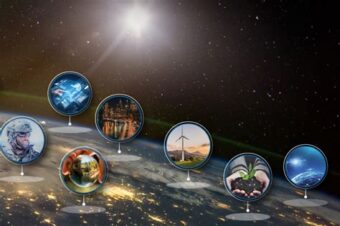

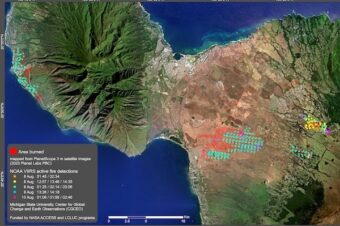

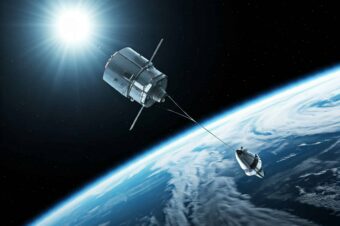
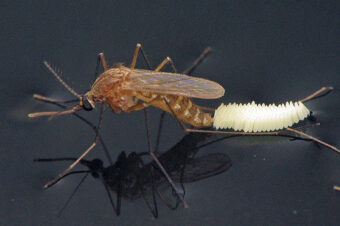
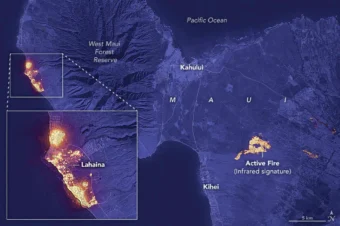

Leave a Reply